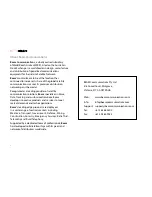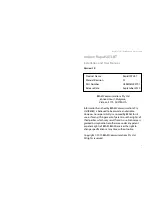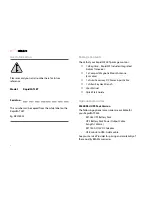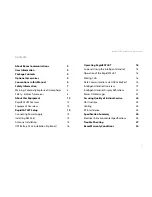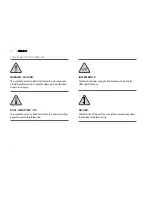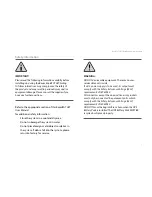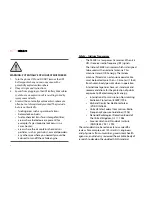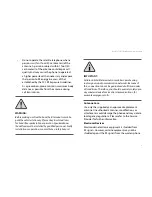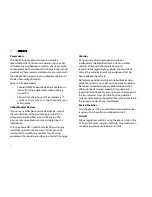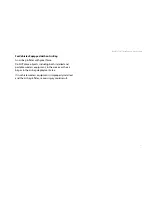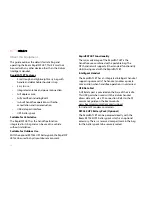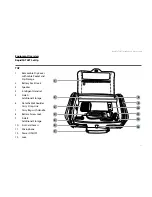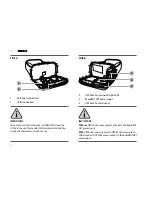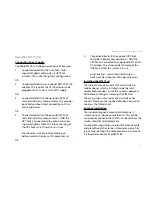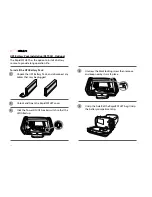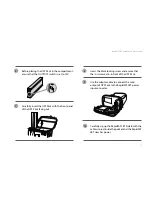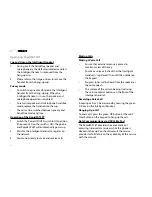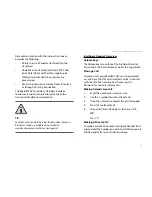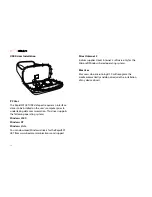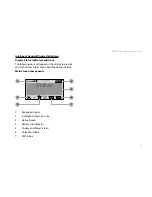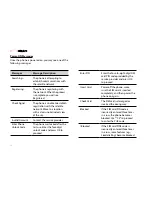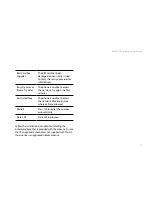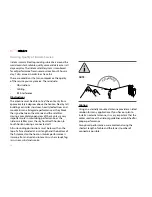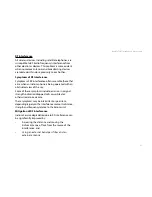
10
Vehicles
RF signals may affect improperly installed or
inadequately shielded electronic systems in motor
vehicles. Check with the manufacturer or its
representative regarding the vehicle. You should also
consult the manufacturer of any equipment that has
been added to the vehicle.
Performance of electronically controlled brake and/or
guidance systems can, under certain unique conditions,
be subject to interference by mobile radio operation.
Although the transceiver exceeds all requirements
regarding radio frequency emissions, you should mount
the transceiver as far as possible from the guidance
system and/or braking modulator box (usually located in
the trunk) to minimize any interference.
Posted Facilities
Turn the phone OFF in any facility where posted notices
require such as hospitals and onboard aircraft.
Aircraft
Airline regulations prohibit using the phone while in the
air. Consult the local Aviation Authority for guidelines on
use of the equipment on board an aircraft.
Pacemakers
The Health Industry Manufacturers Association
recommends that a minimum separation of six inches
(6”) be maintained between a wireless phone’s antenna
and a pacemaker to avoid potential interference with the
pacemaker. These recommendations are consistent with
the independent research by and recommendations of
Wireless Technology Research.
Persons with pacemakers:
•
Should ALWAYS keep the phone more than six
inches from their pacemaker when phone is
turned ON
•
Should turn the phone OFF immediately if
you have any reason to suspect interference is
taking place
Other Medical Devices
If you use any other personal medical device, consult
the manufacturer of the device to determine if it is
adequately shielded from external RF energy. The
physician may be able to assist you in obtaining this
information.
Turn the phone OFF in health care facilities when any
regulations posted in these areas instruct you to do
so. Hospitals or health care facilities may be using
equipment that could be sensitive to external RF energy.


